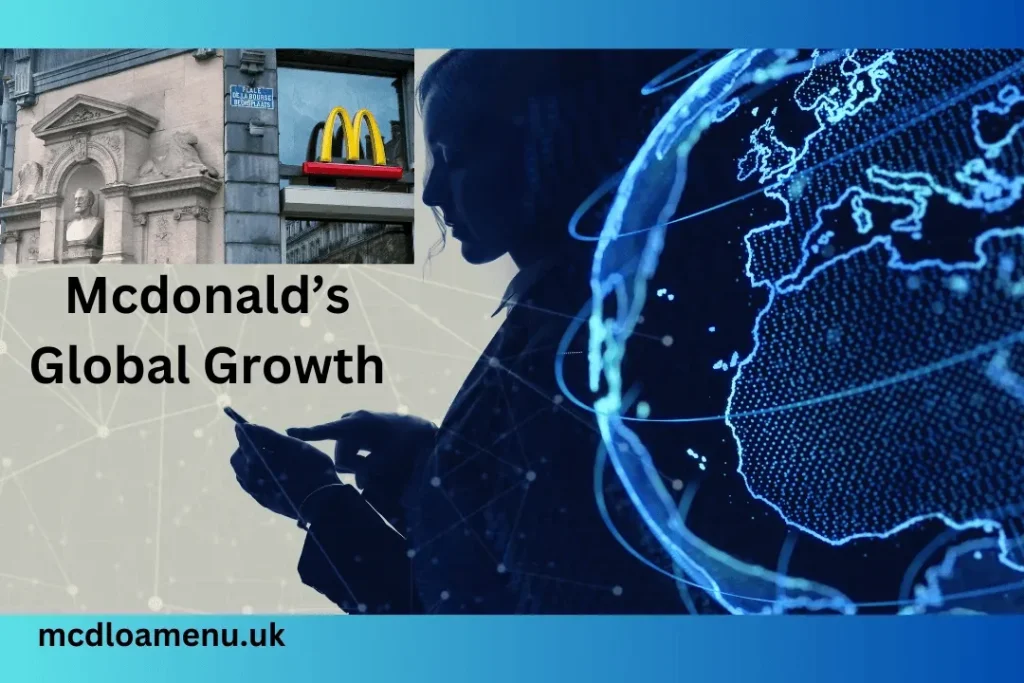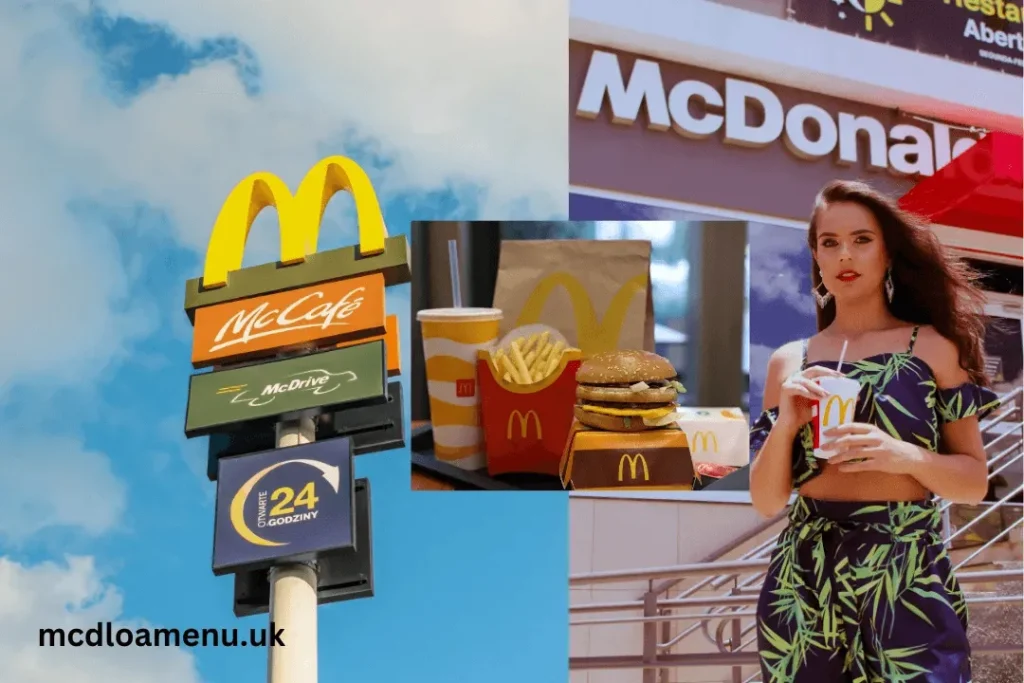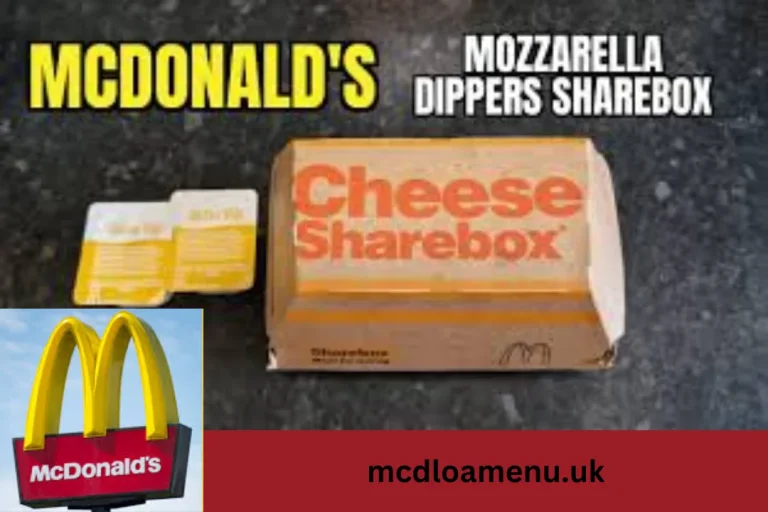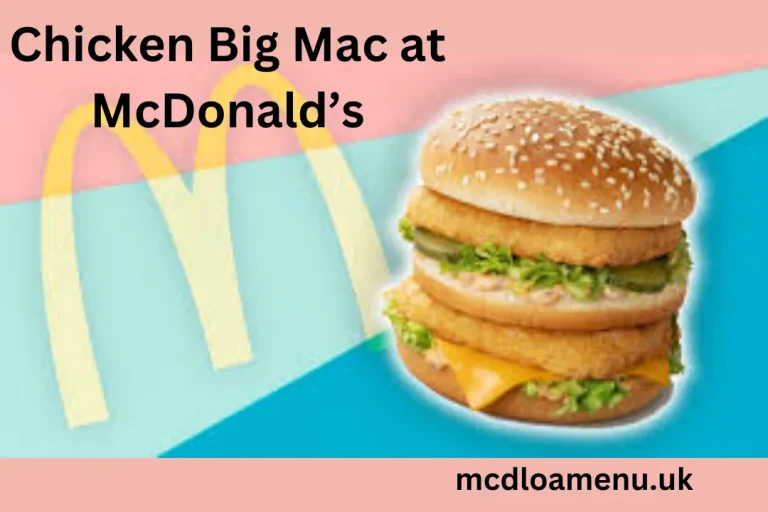How McDonald’s Started
How McDonald’s Started: A Brief History Of The Fast Food Giant
McDonald’s Started is a globally recognized fast-food franchise, operating more than 38,000 stores across more than 100 countries. But how did this multinational behemoth begin?
The origins of McDonald’s can be found in San Bernardino, California, in 1940, when brothers Richard and Maurice McDonald launched a little drive-in restaurant. They started off selling hamburgers and hot dogs, but they soon realized that selling hamburgers was what brought in the majority of their revenue, so they concentrated just on that product. They closed their first restaurant in 1948 and built a second one a year later, serving only hamburgers, cheeseburgers, fries, and beverages.
The McDonald brothers had never encountered Ray Kroc before, a milkshake machine salesman who was drawn to their effective method of preparing food rapidly and reliably until 1954. In 1955, Kroc established the first McDonald’s franchise in Des Plaines, Illinois, after persuading the brothers to allow him to license their idea. As they say, the rest is history.
The Founding Brothers
Richard And Maurice Mcdonald’s
The McDonald brothers, Richard and Maurice, were born in Manchester, New Hampshire, to Irish immigrants Patrick James and Margarete Anna Curran McDonald. In the 1920s, the family moved to California, where their father opened a food stand in Monrovia in 1937. The brothers later moved to San Bernardino and opened a drive-in restaurant in 1940, which they called “McDonald’s Bar-B-Q.”

FIRST RESTAURANT IN SAN BERNARDINO
When the restaurant first opened, it was just like any other drive-in, with carhops bringing food to patrons in their automobiles. However, the brothers quickly discovered that selling hamburgers was where the majority of their revenue came from. They decided to close its popular carhop drive-in in 1948 and replace it with a more efficient operation that served only hamburgers, cheeseburgers, potato chips, coffee, soft drinks, and apple pie.
This new restaurant, which opened in San Bernardino, California, was the first McDonald’s. The brothers’ innovative system of assembly-line production and self-service allowed them to serve food quickly and efficiently, and the restaurant quickly became popular.
The McDonald brothers’ success in San Bernardino attracted the attention of Ray Kroc, a milkshake machine salesman, who convinced the brothers to franchise their concept. Kroc opened the first franchised McDonald’s restaurant in Des Plaines, Illinois, in 1955, and the rest, as they say, is history.
Ray Kroc’s Involvement
A key player in the development and prosperity of McDonald’s was Ray Kroc. He worked as a salesperson for milkshake machines and developed a fascination for the McDonald brothers’ San Bernardino, California, fast-food establishment.
PARTNERSHIP AND EXPANSION
In 1954, Kroc convinced the McDonald brothers to let him franchise their restaurant concept. He opened his first McDonald’s franchise in Des Plaines, Illinois, and went on to expand the chain rapidly throughout the United States.
Kroc’s vision was to create a uniform system of food preparation and service that would ensure customers received the same quality experience at every McDonald’s location. He also introduced new menu items and marketing strategies to appeal to a wider audience.
SYSTEMATIZATION AND FRANCHISING
Part of the reason Kroc was successful in franchising McDonald’s was because he organized the company. He wrote an extensive operations handbook that covered every facet of managing a McDonald’s franchise, including marketing, staff training, and food preparation.
In addition, Kroc put in place a stringent franchise selection process that limited the number of people who could open McDonald’s restaurants to those who shared his vision and dedication to quality. This contributed to maintaining the brand’s integrity and continuity.
Ray Kroc’s involvement in McDonald’s was instrumental in transforming the small California restaurant into a global fast-food empire. His vision, dedication, and business acumen were key factors in the success of the McDonald’s franchise system.
Global Growth
From a modest drive-in restaurant in San Bernardino, California, to a global fast-food business with over 39,000 sites across more than 100 countries, McDonald’s has experienced remarkable growth. The company’s effective worldwide expansion strategy is responsible for its global growth.

INTERNATIONAL MILESTONES
McDonald’s started In 1967, McDonald’s opened its first store outside of the US in Richmond, British Columbia, Canada. Subsequently, the business has grown abroad, entering Japan in 1971, Australia in 1971, and the UK in 1974.
McDonald’s made its debut in the erstwhile communist market in 1990, when it established its first facility in Moscow, Russia. China is one of McDonald’s biggest markets outside of the USA, with over 2,000 stores as of right now.
CULTURAL ADAPTATION
McDonald’s has been effective at incorporating regional customs and preferences. For instance, the company serves a 50% vegetarian menu in India, which includes things like the McAloo Tikki burger, which is created with a spicy potato and pea patty. McDonald’s sells “Teriyaki Burgers” in Japan, which are burgers topped with mayonnaise and teriyaki sauce. The company also adapts to local customs and traditions.
Overall, McDonald’s global growth can be attributed to its successful international expansion strategy and ability to adapt to local cultures and tastes.
Corporate Evolution
McDonald’s started as a small restaurant in San Bernardino, California, in 1940. The original menu was simple, featuring only burgers, french fries, and beverages like milkshakes. However, over the years, the company has evolved into a global fast-food giant, with a menu that includes a wide variety of items.

MENU INNOVATION
McDonald’s success has been largely attributed to its capacity for innovation and adaptability to shifting consumer preferences. For instance, the business created the Filet-O-Fish sandwich in the 1960s to cater to Catholic clients who fasted on Fridays. The Egg McMuffin, which McDonald’s later released in the 1970s, contributed to the rise in popularity of breakfast as a fast-food meal.
Just two of the new menu items that McDonald’s has introduced recently are the McWrap and the Signature Crafted Burger line. The company has also made an effort to improve the quality of its food; one instance of this is the Quarter Pounder burgers, which feature fresh beef.
BRAND AND MARKETING
McDonald’s powerful brand and marketing initiatives have been important contributors to its success. The company’s iconic Golden Arches logo is well-known worldwide, and memorable catchphrases like “I’m Lovin’ It” have influenced contemporary culture.
Through its marketing strategies, McDonald’s has also been effective in focusing on a variety of demographics. McDonald’s has experienced an amazing corporate evolution from its modest San Bernardino origins.
FAQs of McDonald’s Started
Conclusion of McDonald’s Started
McDonald’s has grown from its modest origins as a small hamburger shop in California to become a multinational fast-food conglomerate. Driven by its founders, Richard and Maurice McDonald, and later expanded by Ray Kroc, the company’s inventive approach to fast food has made a lasting impression on global popular culture and industry.





